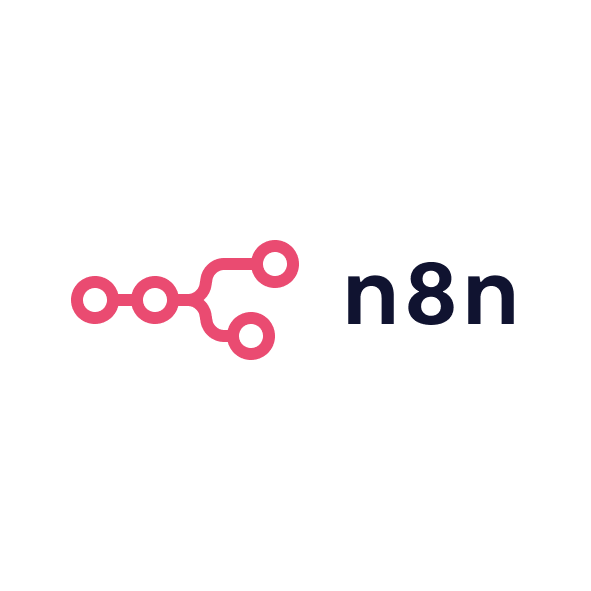Introduction
Zapier is simple. Make is powerful. N8n is self-hosted. APIs are custom. The right automation tool depends on your technical capability and integration complexity. Simple workflows (form → CRM) need Zapier. Complex multi-step logic needs Make. High-volume operations need direct API integration. This chapter helps you assess your automation needs, compare platforms by capability and cost, and choose tools that eliminate manual work without creating fragile integrations that break constantly.




